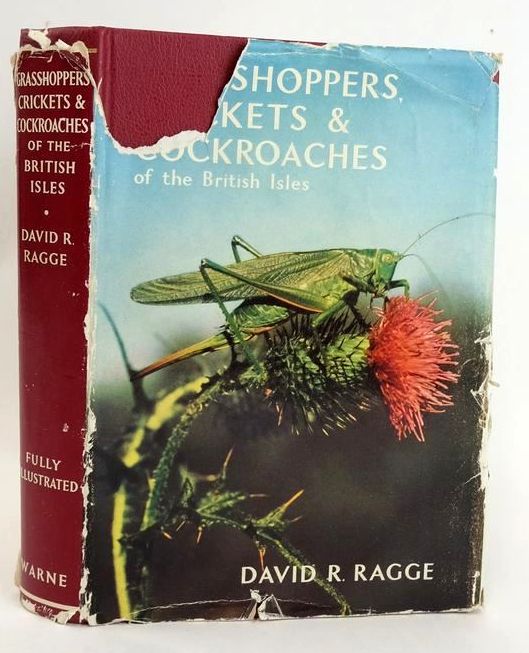Fairy Wings to Armour Plating
What a contrast! Where can we find that kind of variety in the natural world? In the world of insects! Over one million species of insects have been discovered and described but it is estimated that there may be as many as 10 million species on earth. There are approximately 1.4 billion insects for every person on Earth and the total weight of all the insects is about 70 times more than all the people. Wow! What amazing statistics from the Royal Entomological Society! Aren’t we glad that insects are such tiny creatures….
My late husband, Cliff, and I were keen natural history photographers, but while he usually had his camera pointed upwards to the sky, capturing birds in flight, mine was pointed towards the ground where the insects were going about their daily business. I’ve always been fascinated by these little creatures, although when young I did have a fear of spiders. (Yes, I know they are not insects but for the purpose of this article I am including them). Since having a tarantula as a pet and my daughter having 100 of them (really!) I have grown out of that fear. The only fear I have now is the fear of hurting them if I pick them up to relocate them!
Anyway, back to real insects. When we lived in Portugal we saw many species that we don’t often see, if at all, in the UK. One of my favourites is the praying mantis of which there are about 2,400 different species. Some are amazing in their camouflage, looking just like flowers, leaves, twigs, even moss. The most exotic mantis we saw was the conehead mantis which looks like an alien from outer space! The mantis is the only insect in the world able to turn its head 180 degrees – I think they look so cute when they turn to look at you.
Next of my favourites are beetles. Scientists have identified roughly 400,000 species of beetles, but there are likely between 1 million and 2 million species in total. Beetles are the largest order of insects and make up 40% of all described insects and 25% of all known animal species. Beetles are a diverse group that range in size from tiny insects less than half a millimetre long to giants up to 19 centimetres long. I’m not sure I would like to encounter one that size!
One particular cutie (in my humble opinion) is the weevil with its elephant-like snout. This little creature is maligned for its liking of stored food and can be a pest in the garden, but they are not harmful to humans, pets, houses, furniture, or clothing and don’t carry any diseases. Apparently accidentally eating them along with your food does not cause any ill effects although that’s something I will try to avoid!
A most interesting specimen we found in our moth trap one morning was a rhinoceros beetle, so called because of the characteristic horn found only on the males of most species in the group. The horns are used in fighting other males during mating season, and for digging. The photo shows the comparative size of this handsome critter compared with the much smaller beetle which was about the size of a coffee bean.
Talking of “coffee bean” beetles – have you ever looked at the underside of one of those nondescript black beetles that you see everywhere? While many of their fancy insect ‘cousins’, such as the ruby-tailed wasp, are dressed in beautiful shimmering colours, some of the ‘plain’ black beetles have the most gorgeous iridescent colours hidden away underneath them. Have a look next time you see one.
So, to fairy wings and armour plating. Before we leave beetles just look at this handsome fellow - not much is going to get through his armour. I’ve not discovered much about him other than he is a Brachycerus barbarus - a type of weevil found in France, Italy, Spain, Portugal and North Africa - which feeds on the bulbs of Squill, a plant native to the Mediterranean.
Last but not least, these beauties are spoon-winged lacewings or thread-winged lacewings. The larvae live in the soil and, unlike other lacewing larvae which are predators of ants and other small insects, these feed on vegetable sap. The adults feed exclusively on pollen and nectar and are easily recognized by their ribbon or thread-like rear wings. They really do look like fairies floating from flower to flower.
I hope you have enjoyed this little foray into the world of insects and agree with me that they are fascinating and definitely worth a closer look.
Contributed by Chris
(Published on 30th Sep 2024)


























